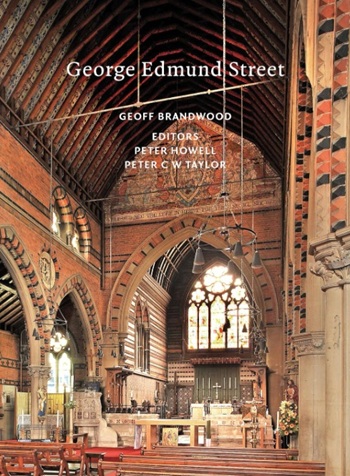Lighting energy numeric indicator LENI
Changes to the approved documents for Part L of the building regulations came into effect on 6 April 2014 when the 2013 editions of approved documents L1A and L2A came into force along with 2013 amendments to the 2010 editions of approved documents L1B and L2B.
Approved documents L2A and L2B refer to the Non-domestic Building Services Compliance Guide 2013 edition which introduces the Lighting Energy Numeric Indicator (LENI) as an alternative means of demonstrating the compliance of lighting systems. This means that compliance can now be demonstrated either by meeting the recommended minimum standards for efficacy and building controls, or by meeting the recommended minimum standards for LENI.
This was a change that had been campaigned for by the lighting industry to bring lighting design into alignment with European standards and to give designers greater flexibility.
The Lighting Energy Numeric Indicator was originally defined by BS EN 15193:2007, Energy performance of buildings. However, the calculation methodology set out in the Non-domestic Building Services Compliance Guide is a much simplified version.
LENI is an indicator of the efficiency of an entire lighting installation, including controls and is expressed in terms of energy per square metre per year (kWh/m2/yr). The calculated LENI must not exceed prescribed limit for a given illuminance and the number of hours per year the lighting will be required, as set out in Table 44 of the compliance guide.
LENI is calculated based on the level of illuminace in a particular area and the number of hours a year that the lighting will be required. The calculation takes into account:
- Energy used by any lighting control systems (parasitic energy use Ep).
- The total power of the lighting in watts (Pl).
- Energy saved by automatic control systems that switch off lights when rooms are empty (occupancy factor Fo).
- Energy saved by automatic control systems that dim lighting if daylight is available (Fd)
- The reduction in performance through the life of the system (constant illuminance factor Fc)
The LENI is the sum of energy use (daytime, night-time and parasitic energy use) divided by the area.
NB The revised approved documents also increased the minimum initial luminaire efficacy for general lighting from 55 to 60 luminaire lumens per circuit watt.
[edit] Related articles on Designing Buildings
Featured articles and news
One of the most impressive Victorian architects. Book review.
RTPI leader to become new CIOB Chief Executive Officer
Dr Victoria Hills MRTPI, FICE to take over after Caroline Gumble’s departure.
Social and affordable housing, a long term plan for delivery
The “Delivering a Decade of Renewal for Social and Affordable Housing” strategy sets out future path.
A change to adoptive architecture
Effects of global weather warming on architectural detailing, material choice and human interaction.
The proposed publicly owned and backed subsidiary of Homes England, to facilitate new homes.
How big is the problem and what can we do to mitigate the effects?
Overheating guidance and tools for building designers
A number of cool guides to help with the heat.
The UK's Modern Industrial Strategy: A 10 year plan
Previous consultation criticism, current key elements and general support with some persisting reservations.
Building Safety Regulator reforms
New roles, new staff and a new fast track service pave the way for a single construction regulator.
Architectural Technologist CPDs and Communications
CIAT CPD… and how you can do it!
Cooling centres and cool spaces
Managing extreme heat in cities by directing the public to places for heat stress relief and water sources.
Winter gardens: A brief history and warm variations
Extending the season with glass in different forms and terms.
Restoring Great Yarmouth's Winter Gardens
Transforming one of the least sustainable constructions imaginable.
Construction Skills Mission Board launch sector drive
Newly formed government and industry collaboration set strategy for recruiting an additional 100,000 construction workers a year.
New Architects Code comes into effect in September 2025
ARB Architects Code of Conduct and Practice available with ongoing consultation regarding guidance.
Welsh Skills Body (Medr) launches ambitious plan
The new skills body brings together funding and regulation of tertiary education and research for the devolved nation.
Paul Gandy FCIOB announced as next CIOB President
Former Tilbury Douglas CEO takes helm.






















